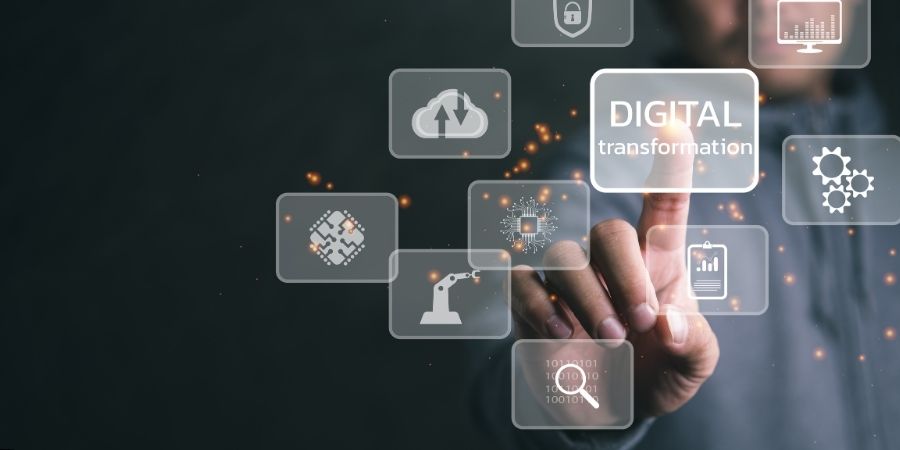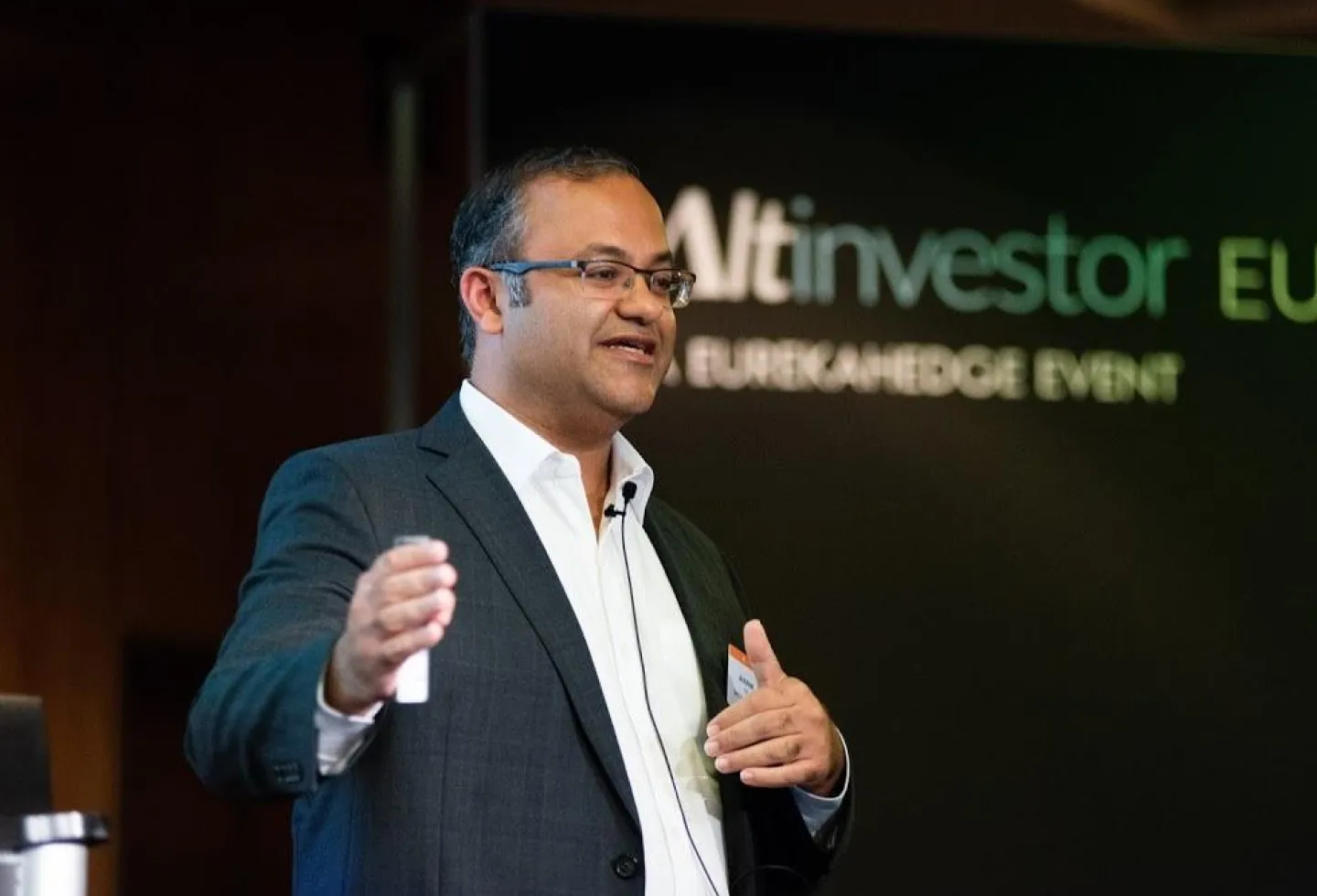In the ever-changing world of digital marketing, staying relevant means adapting to technologies that evolve faster than trends. Over the past few years, automation, machine learning, and AI have redefined how brands reach, engage, and convert audiences. But as marketing becomes more data-driven and algorithmic, new solutions are emerging that go beyond traditional SEO and content marketing. Among these solutions is a growing niche focused on generative and AI-enhanced optimization, with a sharp emphasis on contextual relevance and search behavior. This evolution has created a space for specialized service providers who combine AI tools with strategic insight. What was once considered a futuristic layer of marketing has now become a necessity. Continue reading to see why demand for these services has accelerated and how businesses are leveraging this momentum to get ahead.
Traditional SEO Strategies Are Reaching Their Limits
For over a decade, digital marketers have relied on familiar SEO frameworks: keyword research, backlink building, metadata optimization, and content clustering. While these practices still offer value, their effectiveness has plateaued in hyper-competitive spaces. Algorithms have matured, and user expectations have evolved. Ranking high on search engines now depends on far more than word count and link quantity.
Search intent has become more nuanced, and algorithm updates now favor semantic understanding, topical depth, and user satisfaction. Generic content simply doesn’t cut through anymore. Even well-structured articles may underperform if they fail to address real-time context or audience behavior shifts. These challenges demand new approaches that can move as fast as the search engines themselves.
To meet these demands, businesses are turning toward services that incorporate real-time data analysis, generative modeling, and intelligent search experience design. These services don’t replace SEO—they enhance it by aligning content creation and optimization with a machine-readable, user-first perspective.
Generative AI Is Changing the Content Game
One of the biggest catalysts for the boom in AI-optimized strategies is the rise of generative content. Tools powered by language models can now produce articles, product descriptions, social content, and more with unprecedented speed. But the real value isn’t in the automation—it’s in how these tools are trained, guided, and optimized to produce outputs that perform.
This is where specialized service providers step in. They fine-tune generative models to align with business goals, industry standards, and emerging search behaviors. Rather than producing generic or repetitive content, these agencies configure tools to generate content that is both original and search-relevant.
With natural language processing capabilities integrated into content workflows, businesses can now scale content creation while maintaining control over tone, structure, and intent. More importantly, they can react to keyword shifts, news cycles, and audience signals instantly—something that was previously difficult with manual workflows alone.
These advancements have also redefined what localization, personalization, and segmentation mean in the context of organic content. Businesses can tailor experiences at a granular level, targeting specific personas or markets without ballooning costs or timelines.
Performance Marketing Is Becoming More Context-Aware
In paid and performance marketing, success hinges on precision targeting and message resonance. The challenge lies in understanding how users behave across platforms and search environments. Traditional data sets often miss the subtleties that shape real-world decisions, such as tone preference, visual style, or conversational flow.
New optimization strategies go beyond demographics and keywords by analyzing how language itself influences engagement. With real-time performance feedback, marketers can now adjust creative direction on the fly. AI-enhanced ad platforms are starting to reward not just relevance, but linguistic fluency and intent alignment.
These changes are encouraging more marketers to incorporate natural language optimization into both their paid and organic strategies. Agencies that offer these services are no longer seen as “experimental.” They’re now strategic partners capable of delivering campaigns that adapt in real time based on user behavior, competitor movements, and algorithmic shifts.
Moreover, the ability to automate A/B testing for different content variations, audience segments, and visual frameworks gives businesses faster insight into what resonates. This kind of agility is turning into a critical differentiator in crowded verticals.
Enterprises Are Seeking Future-Proof Solutions
As organizations grow, so does the complexity of their digital ecosystem. Managing content across dozens or hundreds of landing pages, microsites, and digital touchpoints creates operational strain. What’s more, maintaining consistency in messaging, structure, and SEO performance becomes nearly impossible without automation and intelligent frameworks.
This has created space for specialized providers that offer more than just consulting—they provide infrastructure, tooling, and scalable systems designed for modern content operations. By using APIs, generative frameworks, and adaptive content architecture, businesses can maintain cohesion across all assets.
Enterprises are also shifting their expectations from campaign-specific results to long-term content maturity. They want systems that evolve with them, that can ingest first-party data, monitor user behavior, and automatically adjust content strategy based on analytics, not assumptions.
Future-proofing in this context doesn’t mean locking into a static tool. It means building with adaptable layers that work with existing martech stacks while leaving room for innovation. These types of services were once niche, but they’ve now become foundational to how high-growth companies manage their digital presence.
The Demand for Specialized Strategy Is Accelerating
As marketing departments adopt generative tools in-house, the need for external expertise hasn’t disappeared—it has shifted. Businesses are no longer looking just for hands-on content creation. They’re looking for strategic guidance on how to structure systems, train models, and align AI output with brand standards.
In this environment, the value lies in knowing not just how to use AI, but when, where, and why. Agencies that offer custom frameworks, domain-specific tuning, and strategic alignment are thriving. They are becoming trusted partners in building intelligent, adaptive ecosystems that power growth.
The surge in demand has also sparked innovation in service delivery. Retainer models are being replaced with more flexible, performance-based engagements. Agencies are integrating deeper with product teams, analytics departments, and leadership stakeholders. Their role is no longer confined to content—they are now embedded in business strategy.
That’s why businesses across industries are exploring partnerships with next-generation agencies built for modern SEO and performance. A standout example of this trend is the GEO Agency, which brings generative optimization into the mainstream through agile, AI-driven methodologies.
Evolving with Technology and Intent
The marketing world doesn’t stand still—and neither should your content strategy. As digital behaviors shift and technologies evolve, businesses must embrace solutions that keep pace with both human and algorithmic expectations.
Optimization is no longer about meeting checklists. It’s about anticipating trends, understanding language, and delivering experiences that are not only relevant but meaningful. Agencies that combine AI, automation, and strategic insight are uniquely positioned to lead this new era of content-driven growth.
Partnering with the right team can unlock new levels of efficiency, scalability, and performance. In a world shaped by language and logic, the ability to generate, optimize, and iterate is what sets leaders apart from followers.



